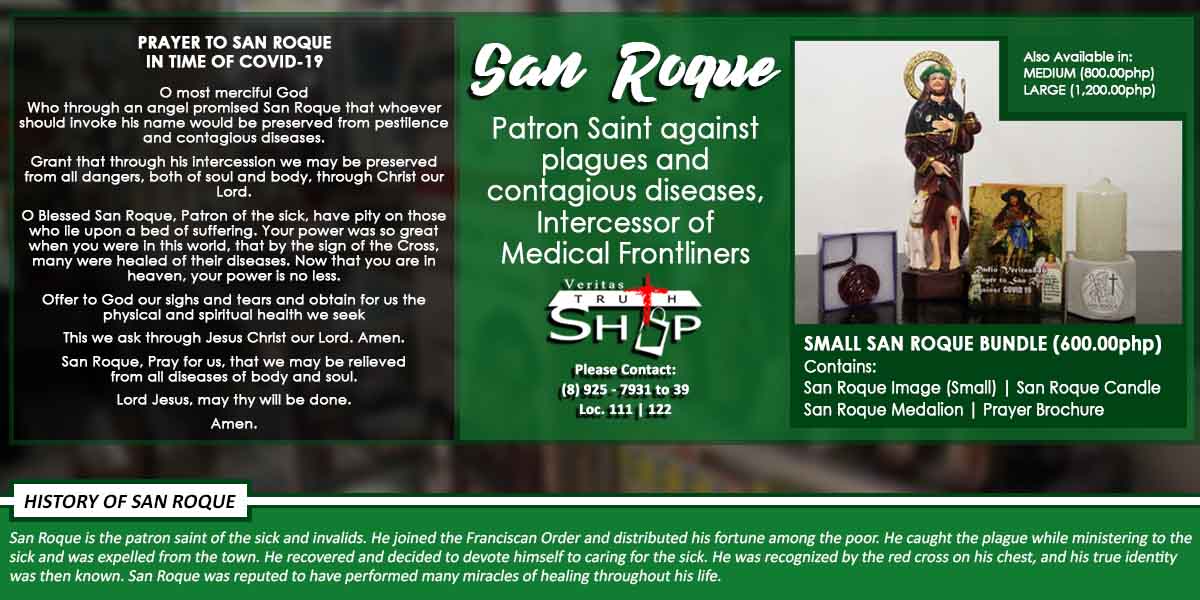392 total views
Homily for Friday of the 3rd Week of Lent, 17 Mar 2023, Mk 12:28-34

Did you notice the answer? What was the question? “Teacher, which is the FIRST of all the commandments”? I think what the scribe meant by THE FIRST was, “the most important”, or “the greatest”, or “the very heart of all the commandments”. He was expecting Jesus to answer like a good Jew.
When a Jew begins to enter teenage life, at 13, he is expected to answer this question by parrotting what they call the GREAT COMMANDMENT, which comes from Deut. 6:4-5., which says,
“HEAR, O Israel! The LORD is your God, the LORD alone! Therefore, you shall love the LORD, your God, with all your heart, and with all your soul, and with all your strength.”
But Jesus surprises him by adding a second answer; he says, “The second is this: You shall love your neighbor as yourself”. He is quoting it from Leviticus 19:18.
The man reacts with excitement to Jesus’ additional answer; he expresses his approval by practically repeating the two lines given by Jesus, and even includes a commentary that comes from Jeremiah. He says these TWO LOVES are worth more than all the burnt offerings and sacrifices that people can possibly offer in their temple. Jeremiah once stood in the temple and declared that all their temple sacrifices and pious practices were worthless if, at the same time, they oppressed the migrants, the orphans, and the widows, if they continued to shed innocent blood, steal, murder, bear false witness and worship other gods. (Jer 7:3-15)
Why is Jesus adding the second, if the first would have been enough to answer the question of the scribe? Well, because Jesus’ intention was not just to answer the scribe but to challenge him. Take note what Jesus said to him in the end: “YOU ARE NOT FAR FROM THE KINGDOM OF GOD.” It sounds like a compliment but it is actually a challenge.
Remember that song that says, “SO CLOSE, SO CLOSE AND YET SO FAR?” You are “not far” means you are close, but you are not necessarily there yet. Imagine a hungry dog that is just one foot away from his food, but he cannot reach it because he is on leash and his leash is tied to a post? What a torture that must be! The man answered with understanding, but for Jesus understanding is not enough. Even the devil understands a lot of things about God and even quotes the Scriptures. It is one thing to know what is right and another thing to actually do it. Jesus as it were is saying, you are not far because you know and understand; but you are not there yet until you actually do it.
In St. Luke’s version of basically the same conversation about the greatest commandment (Lk 10:25-37), Jesus returns the question to the man who posed it. And the man answers his own question by quoting the two commandments, without referring to a first or a second. Namely, “To love God wholeheartedly and one’s neighbor as oneself.” In reply, Jesus said, “You have answered correctly, JUST DO IT.” That’s where the challenge is for him, because he would try to justify himself by asking the famous question, WHO IS MY NEIGHBOR?, which got the famous answer, the PARABLE OF THE GOOD SAMARITAN.
St. John says it more sharply in his first epistle, 1 Jn 4:20. He says, “Anyone who says he loves God but hates his neighbor is a liar.” Then he asks, “How can you say you love God whom you do not see but do not love your neighbor whom you see?”
Now I know why Judaism prohibits the making of images of their invisible God. Why? Because God has already made the best image of himself—the human being. The late Cardinal Sin once referred to the TWO LOVES as the two lines that make up the cross: the vertical referring to LOVE OF GOD, and the HORIZONTAL, referring to LOVE OF NEIGHBOR AS ONESELF. We cannot experience the redeeming effect of the Cross of Christ until our TWO LOVES have begun to intersect with each other and become ONE LOVE, namely the LOVE OF CHRIST.
















